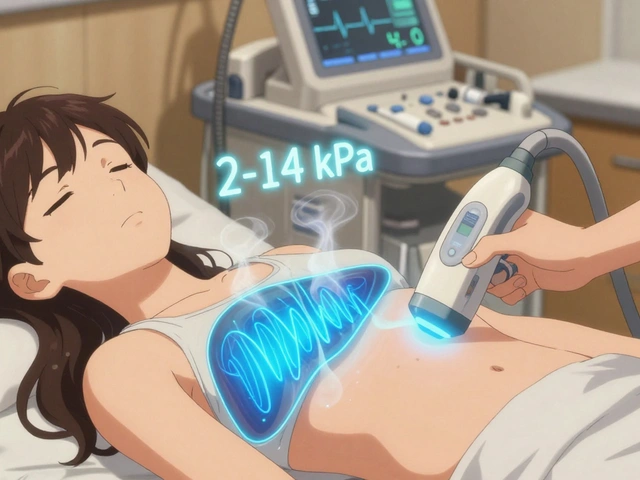Compare Blood Pressure Drugs – Choose the Right Hypertension Treatment
When you compare blood pressure drugs, you’re looking at medications that lower arterial pressure to reduce heart strain and prevent complications like stroke or kidney damage. Also known as hypertension medication comparison, this process helps patients and doctors weigh efficacy, safety, and cost.
compare blood pressure drugs isn’t a one‑size‑fits‑all task because each drug class works in a different way. ACE inhibitors, block the conversion of angiotensin I to angiotensin II, a potent vasoconstrictor. By reducing that hormone, they widen blood vessels and lower pressure. Meanwhile, beta blockers, slow heart rate and diminish the force of contraction, which also cuts down on pressure. The semantic link is clear: the central activity “compare blood pressure drugs” encompasses both ACE inhibitors and beta blockers, each targeting a distinct physiological pathway.
Other Major Classes You’ll Meet
Beyond the first two, two more pillars shape hypertension therapy. calcium channel blockers, relax the smooth muscle in arterial walls by hindering calcium influx, are especially useful for patients with angina. diuretics, increase urine output, lowering blood volume and consequently pressure, often serve as the first line because they’re cheap and effective. The relationship works like this: choosing a drug requires balancing how each class influences heart rate, vessel tone, or fluid volume. When you map those effects, you see why a thorough comparison matters for personalized care.
Practical comparison also means checking side‑effect profiles. ACE inhibitors may cause a dry cough, beta blockers can lead to fatigue, calcium channel blockers sometimes trigger swelling in the ankles, and diuretics may deplete electrolytes. Understanding these trade‑offs lets you match a drug to a patient’s lifestyle and comorbidities. For example, a runner who hates a lingering cough will likely skip an ACE inhibitor, while someone with low potassium might avoid certain diuretics. This shows the triple connection: drug class ↔ side effect ↔ patient preference.
Cost and convenience play a role too. Generic ACE inhibitors and diuretics are often under $10 a month, whereas branded calcium channel blockers can run higher. Insurance formularies may favor one class, nudging the decision. The final semantic link is that “compare blood pressure drugs” requires accounting for efficacy, safety, and affordability all at once. By the time you finish reading, you’ll know which attributes matter most for you or your doctor.
Below you’ll find a curated list of articles that dive deeper into each drug class, side‑effect management, dosing tips, and real‑world patient stories. Use them as a guide to make an informed choice and keep your blood pressure in the healthy zone.

Zestoretic vs. Alternatives: Which Blood Pressure Combo Wins?
A detailed comparison of Zestoretic (lisinopril, hydrochlorothiazide) with common hypertension alternatives, covering mechanisms, side effects, costs and a handy decision table.
Continue Reading


